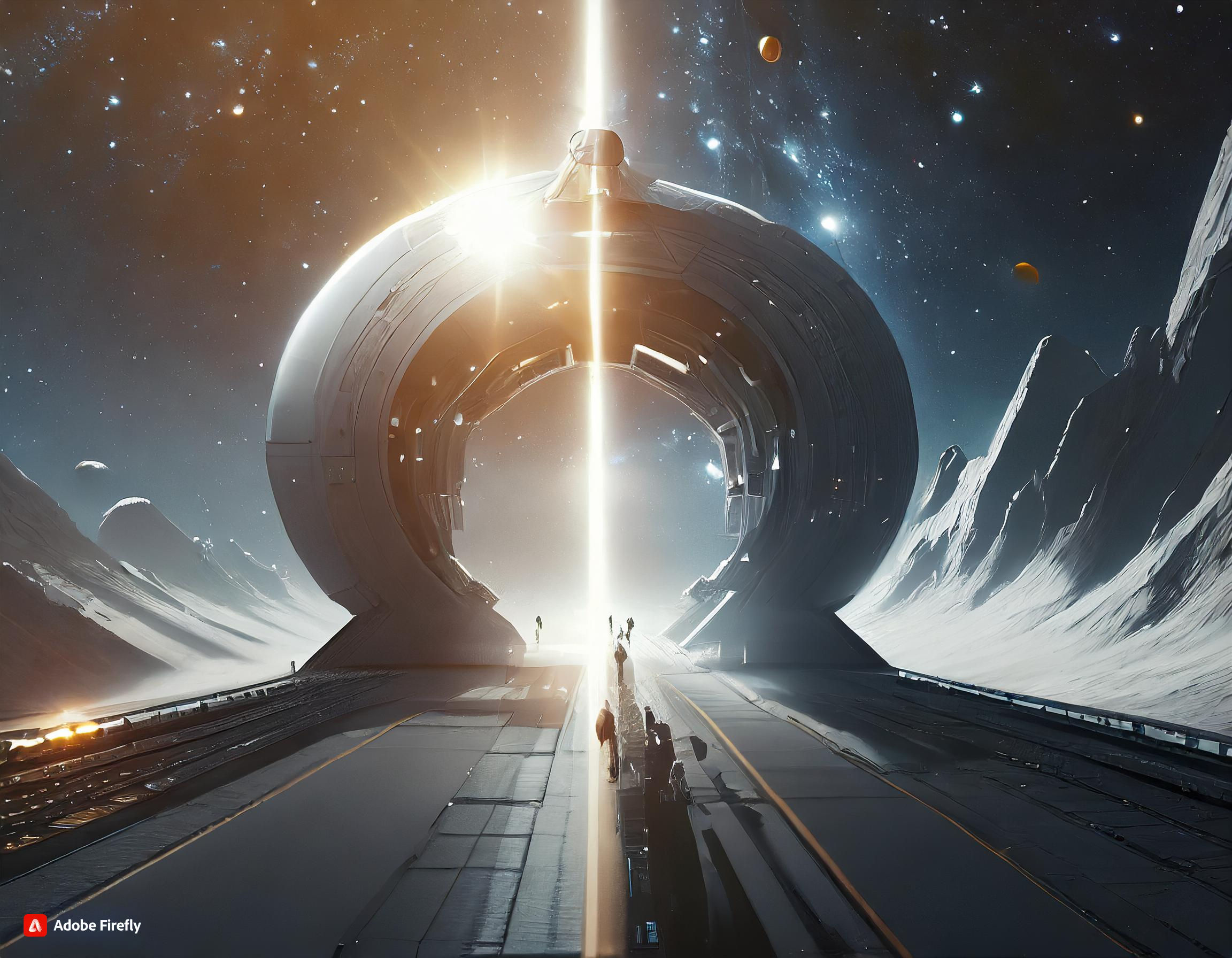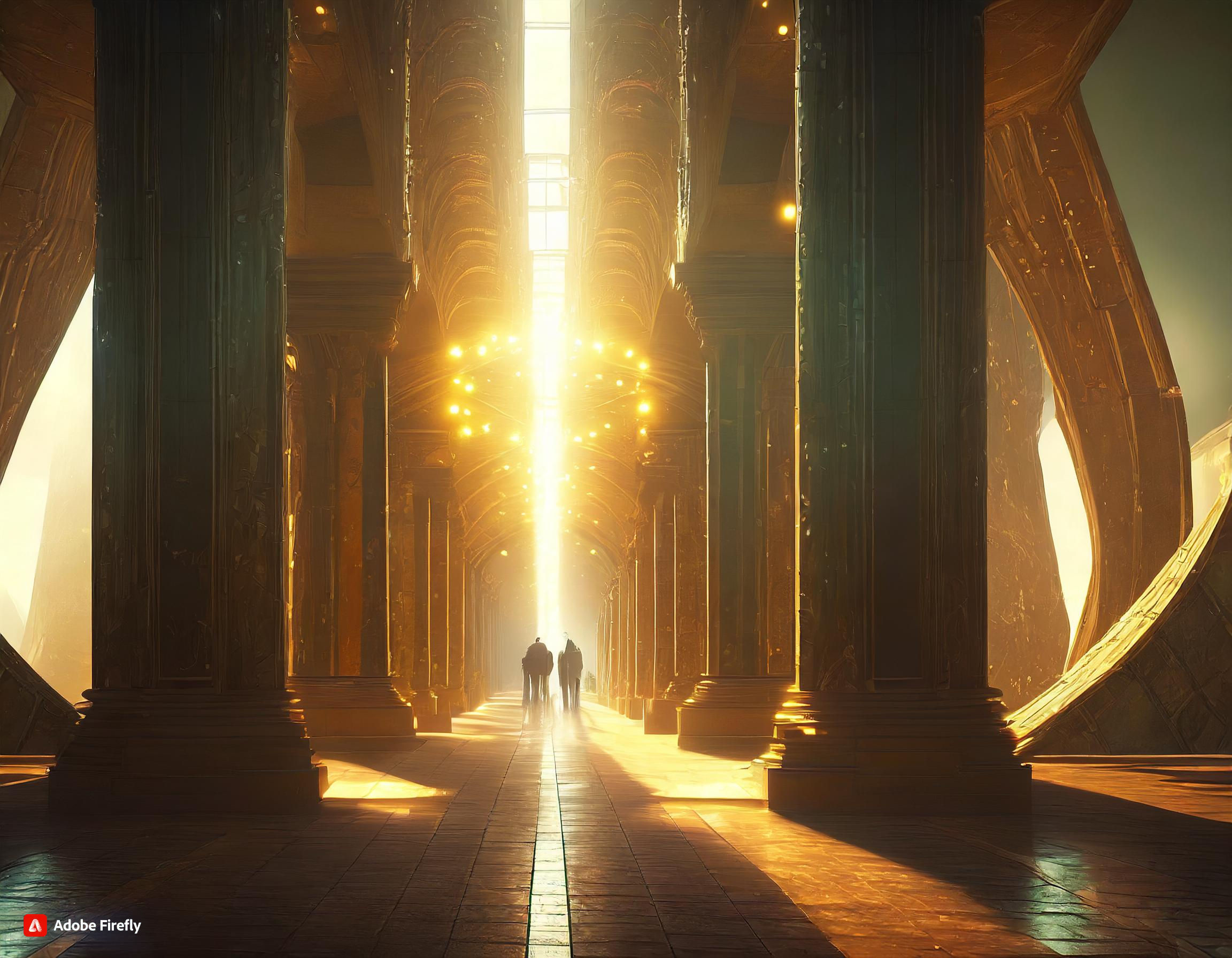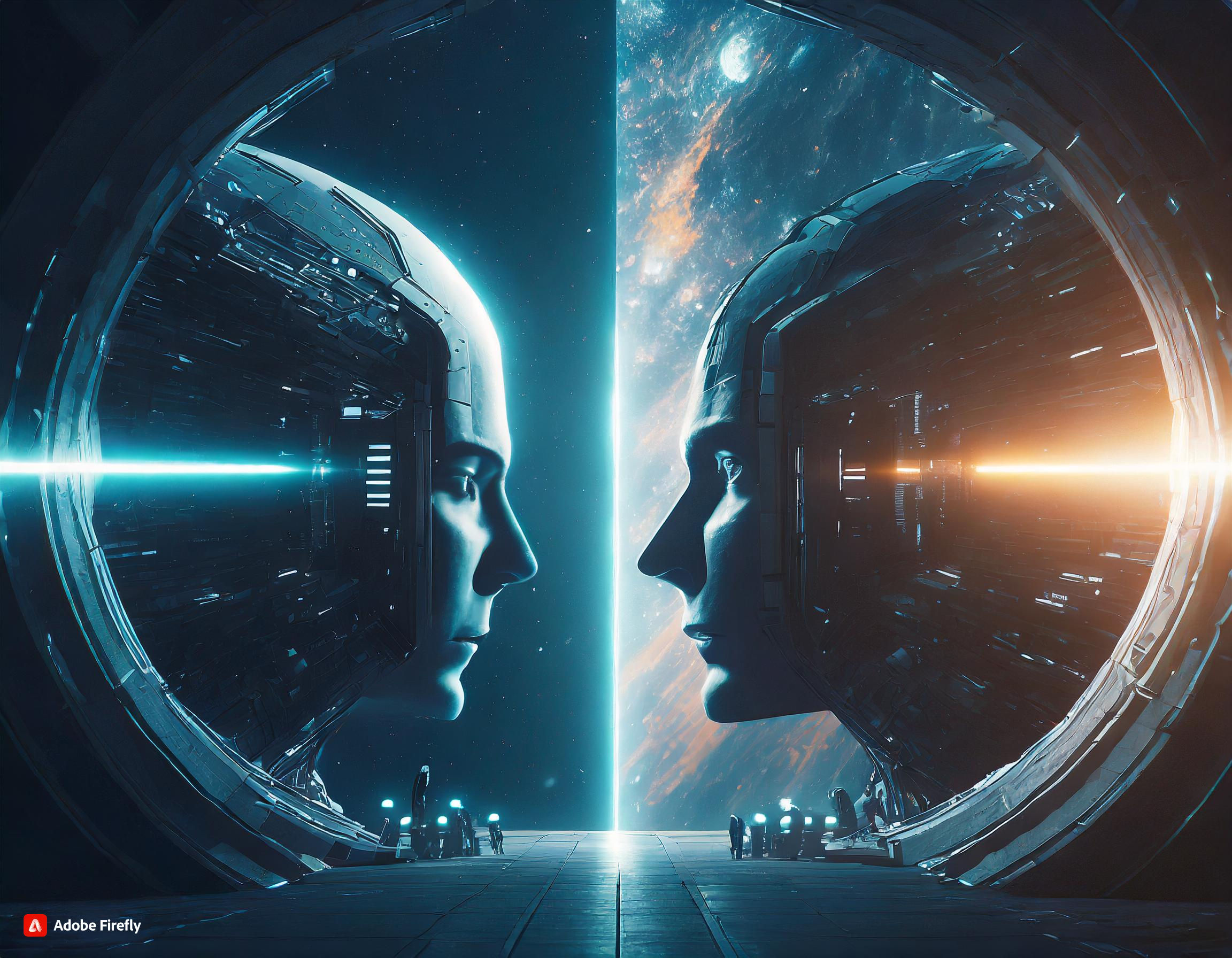In a world brimming with mystery and wonder, the concept of parallel universes has captivated the human imagination for centuries. The idea that there could be realms beyond our own, existing simultaneously yet separate, has fueled our curiosity about the nature of reality. Join us on a thrilling journey as we delve into the fascinating realm of parallel universes and embark on a spatial analysis like no other.
Exploring the Multiverse Theory
At the forefront of this exploration lies the mind-boggling Multiverse Theory. This theory proposes that our universe is just one of countless parallel universes, each with its own set of physical laws and possibilities. Imagine a tapestry of realities stretching endlessly, where every choice made creates a new universe. It’s a mesmerizing thought that challenges our understanding of existence itself.
As we marvel at the boundless potential of multiple realities, scientists and researchers have tirelessly sought to understand the science behind these parallel universes.
The concept of the multiverse has captured the imagination of not only scientists but also writers, artists, and philosophers. It has inspired countless works of fiction, exploring the idea of alternate dimensions and divergent timelines. From movies and TV shows to novels and comic books, the multiverse has become a rich source of storytelling that delves into the complexities of existence and the infinite possibilities that lie beyond our own reality.
Furthermore, the Multiverse Theory has sparked debates among scholars about the nature of reality and the implications of such a vast and diverse cosmic landscape. Philosophical discussions on free will, determinism, and the nature of consciousness have been reinvigorated by the idea that our universe is just one thread in the intricate tapestry of the multiverse.

The Science Behind Parallel Universes
To comprehend the intricate workings of parallel universes, we must delve into the realm of quantum mechanics. At the subatomic level, particles can exist in multiple states simultaneously, known as superposition. This mysterious phenomenon paves the way for the existence of parallel universes, where different versions of reality coexist simultaneously.
Moreover, the theory of cosmic inflation suggests that our universe underwent a rapid expansion soon after its birth. This extraordinary event could have created a vast network of bubble-like universes, each with its own laws of physics. The parallel universes entwined within this cosmic tapestry are limited only by our imagination.
Within the realm of quantum physics, the concept of entanglement further complicates our understanding of parallel universes. Entanglement occurs when two particles become connected in such a way that the state of one particle directly influences the state of the other, regardless of the distance between them. This phenomenon suggests a deep interconnectedness between particles across different universes, hinting at a complex web of realities beyond our current grasp.
Furthermore, some scientists speculate that the existence of parallel universes could offer potential solutions to long-standing mysteries in physics, such as the nature of dark matter and dark energy. These elusive components, which make up the majority of the universe’s mass-energy content, remain enigmatic. Exploring the possibility of parallel universes may provide new insights into the fundamental forces shaping our cosmos.
Mapping the Dimensions of Alternate Realities
One of the greatest challenges in understanding parallel universes is mapping the dimensions that govern their existence. While our universe is known to have four dimensions – three spatial dimensions and one time dimension – other dimensions may exist within parallel universes, hidden from our sight.
These hidden dimensions could offer new perspectives on the fabric of space-time, allowing for unique configurations of matter and energy. Imagine a universe where gravity operates differently or a world where time flows backward. The possibilities, like the vastness of the cosmos itself, appear endless.
Analyzing the Interconnectedness of Parallel Worlds
While parallel universes may seem disconnected from our own, evidence suggests that they could be intricately interconnected. In the mind-bending phenomenon of quantum entanglement, particles become linked regardless of distance, creating a profound connection that defies conventional notions of space and time.
This interconnectedness hints at the possibility that information and energy can flow between parallel universes, like a cosmic web spanning across infinite realms. This tantalizing prospect opens up the potential for shared resources, knowledge, and even the prospect of travel between worlds.

Quantum Mechanics and Parallel Universes
Quantum mechanics, the fundamental theory describing the behavior of matter and energy at the microscopic level, plays a crucial role in our understanding of parallel universes.
One intriguing concept that emerges from quantum mechanics is the Many-Worlds Interpretation. According to this interpretation, every quantum event splits reality into multiple branches, each constituting a different outcome. These branches represent parallel universes, branching out endlessly as the cosmos unfolds.
Navigating the Fabric of Space-Time in Multiple Realities
As we embark on this journey through the wonders of parallel universes, navigating the fabric of space-time becomes a fundamental quest. The interconnectedness of these realms combined with the complexities of multidimensional landscapes raises the question of potential travel between parallel universes.
While the possibility of physically traversing these realities remains mostly theoretical, the exploration of consciousness and altered states of being may offer glimpses into these elusive realms. Perhaps through meditation, lucid dreaming, or other transcendent experiences, we can tap into the frequencies that connect us to parallel universes.
Parallel Universes in Popular Culture
The allure of parallel universes extends far beyond the realm of science. Popular culture has embraced this captivating concept, incorporating it into movies, books, and television shows that spark the imagination of audiences worldwide.
From the iconic Mirror Universe in Star Trek to Christopher Nolan’s mind-bending masterpiece “Inception,” parallel universes have become an endless source of inspiration for storytellers. These narratives allow us to explore vast landscapes of possibility, inviting us to ponder our place within the grand tapestry of existence.
The Existence of Parallel Universes: Fact or Fiction?
Now, as we conclude our deep dive into the spatial analysis of parallel universes, we find ourselves at the precipice of a profound question: Are parallel universes merely the figments of our imagination, or could they be hidden layers of reality yet to be unveiled?
While the science behind parallel universes continues to evolve, we must remember that imagination often precedes discovery. As we gaze up at the starry night sky, contemplating the vastness of the cosmos, let us embrace the beautiful mysteries that lie beyond. Our journey into the realms of parallel universes has only just begun, opening endless possibilities for the uncharted territories of the human mind and the boundless frontiers of scientific exploration.


